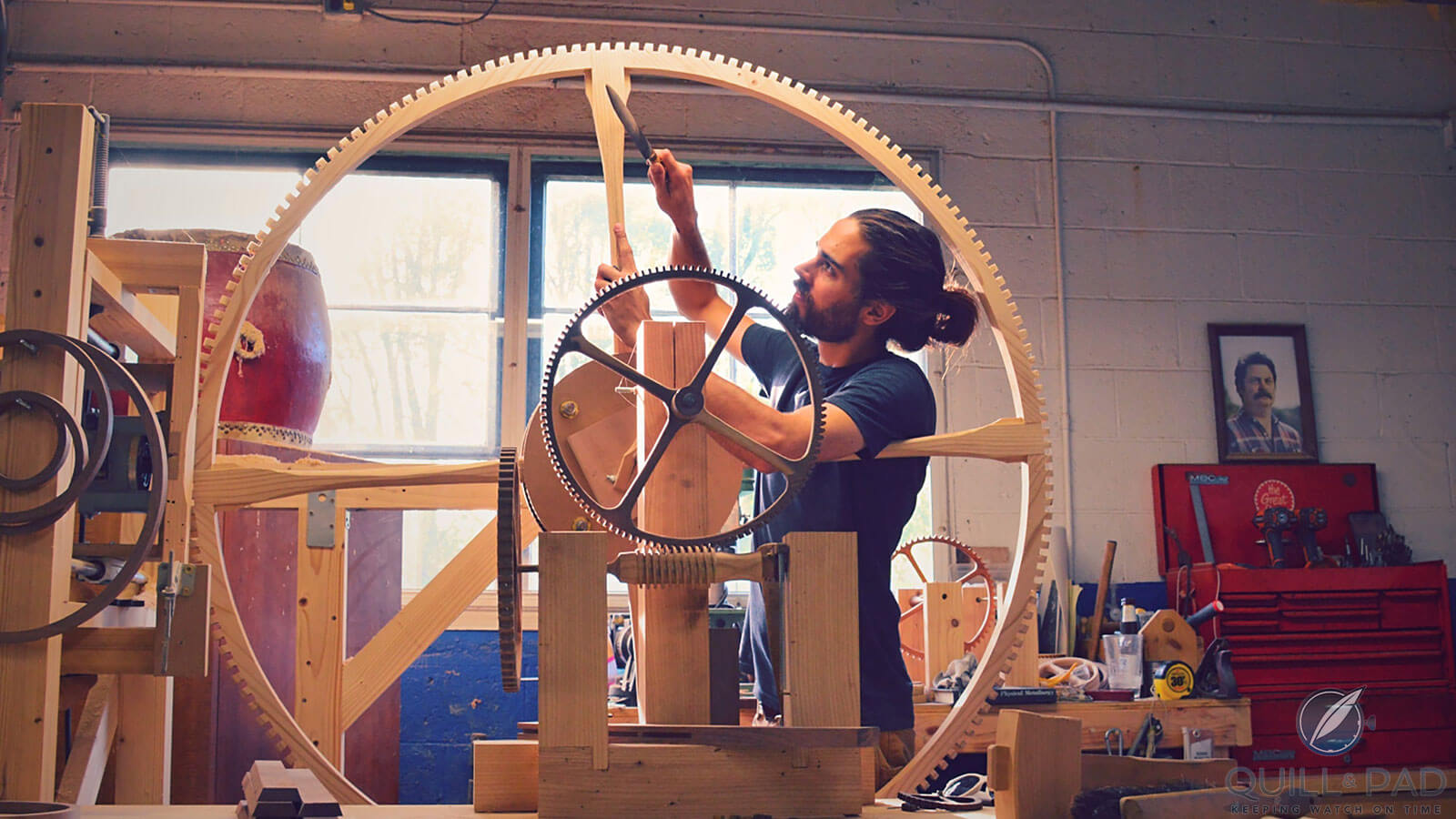by Ian Skellern
In the good old, pre-COVID-19 watch world, the far-too-prevalent low standard of press material supplied by brands to journalists was amply counterbalanced by the sheer number of journalists and collectors around the world supplying lots of hands-on, third-party information, opinion, and photography.
Now that’s gone, so it’s time for brand marketing and communication teams to lift their games.
Here are three easy ways how you can do that.
1. Better photos
When a new watch is launched, online readers have a wide choice as different writers express opinions from more technical, more aesthetical, and like/don’t like viewpoints. And that’s great for both the brand (more press) and the reader (wider choice, more knowledge).
The problem is that although all of these articles about your fantastic new watch are well written and cover the full gamut of writing tastes and styles, very few will read them. Because to the online audience, who is deciding in a split second what to look at/read next, all of those diverse articles look exactly the same. All they are seeing is practically the same headline and the same feature/thumbnail image (usually the best of the three the brand provided).
Why read another article about the same watch when it looks exactly the same as the one you just finished?
So please start supplying better photos. They don’t just make a strong impact on their own, they encourage your potential clients to learn more about your watches. Vacheron Constantin has been one of first of the major high-end brands to offer more lifestyle photography and plenty of choice. Max Büsser at MB&F isn’t one to waste money, yet photography was one thing he has never scrimped on since the beginning. For me, the range and quality of the photos MB&F supplies for the FlyingT might be an example base-level standard for major and mid-sized brands.

Rick Hale shaping wood gear
And check out just a few of the photos supplied by independent Michigan-based clockmaker Rick Hale in Rick Hale: Wooden Clocks Designed And Built As If By John Harrison Except Today And In The USA (Beautiful Photos + Videos), it’s not the subject that is captured but the mood.
1b (bonus). Name image files correctly and informatively
Stop naming your press images exclusively with internal reference garble. The first thing that anybody downloading or dragging press release images does is take them out of the brand’s nicely named nested folders on the press USB stick. And once they’re out, unless renamed (usually not), you have to hope that the model is not incorrectly named in public.
Make it easy for Google searches, journalists, and everyone else using your photos by naming them: brand-model-reference-internal code. It’s unbelievable to me that the majority of big (and many small) brands still don’t bother to add their names to each image – that’s poor SEO (and poor business).
2. More informative press release texts
Start writing press releases with the primary aim of conveying relevant information rather than having the brand telling us what it thinks about its own watches. Spoiler alert: we already know that you love your own watches, let’s just take that as a given. Your opinion of your own watch has zero credibility and is therefore wasted space. Fit the urge to pat yourself on the back every paragraph, replace every gushing adjective with explaining in detail why we might feel that way.
The argument for a short press release text usually goes, “nobody has time to read long texts.” That’s nearly, but not quite, true. There are a small few who will read every word you supply: journalists planning to write a feature or comprehensive article and many potential clients considering buying that watch will be apt consumers of such a text. Both of those groups pay attention to long texts full of useful information and both are worth pandering to.
Give us lots of information and let us do opinion – we (hopefully) have more credibility (and we normally follow like sheep anyway).
3. Comprehensive press kits
The more information and imagery brands supply, the more higher-quality (in length and knowledge) and more entertaining to read (better writing, better photography) articles will be generated. It’s far easier for any writer to write a 1,000-word article after researching many thousands of words; scaling up from a waffling 300-word press release benefits neither brand nor reader.
If you send out a press pack for a new model with blue dial, don’t assume that everybody knows the name of your brand, let alone the history and story of the collection. If you want to reach a new audience, supply all the information any journalist could possibly want to know about brand history, etc. with every press release. Don’t make people search for additional information because most won’t.
Bonus tip: RIP USB keys
USB keys were dying due to not being supported by Macs for many years now. While I’m dubious that the big international fairs will survive in their past forms, they were trending strongly down well before the novel coronavirus hit; however, small regional fairs should continue trending up in the next years. Start gearing up for that now and start gearing up for a world without USB keys.
Good luck and stay healthy!
You may also enjoy:
The Watch That Changed My Life: The Jean Daniel Nicolas Two-Minute Tourbillon By Daniel Roth
Trackbacks & Pingbacks
-
[…] Watch Brand Marketing And Communication Teams: Here Are 3 Relatively Easy Steps That You Can Start T… may not be the world’s longest horological headline, but it is the most impudent. Make no mistake: by “maximizing your efficiency” Ian Skellern means “make my job easier.” […]
Leave a Reply
Want to join the discussion?Feel free to contribute!





















































Just great to read how wood+watches changed his life. I too spend hrs reading about watches i cannot afford. Horology keeps my spirits lifted.